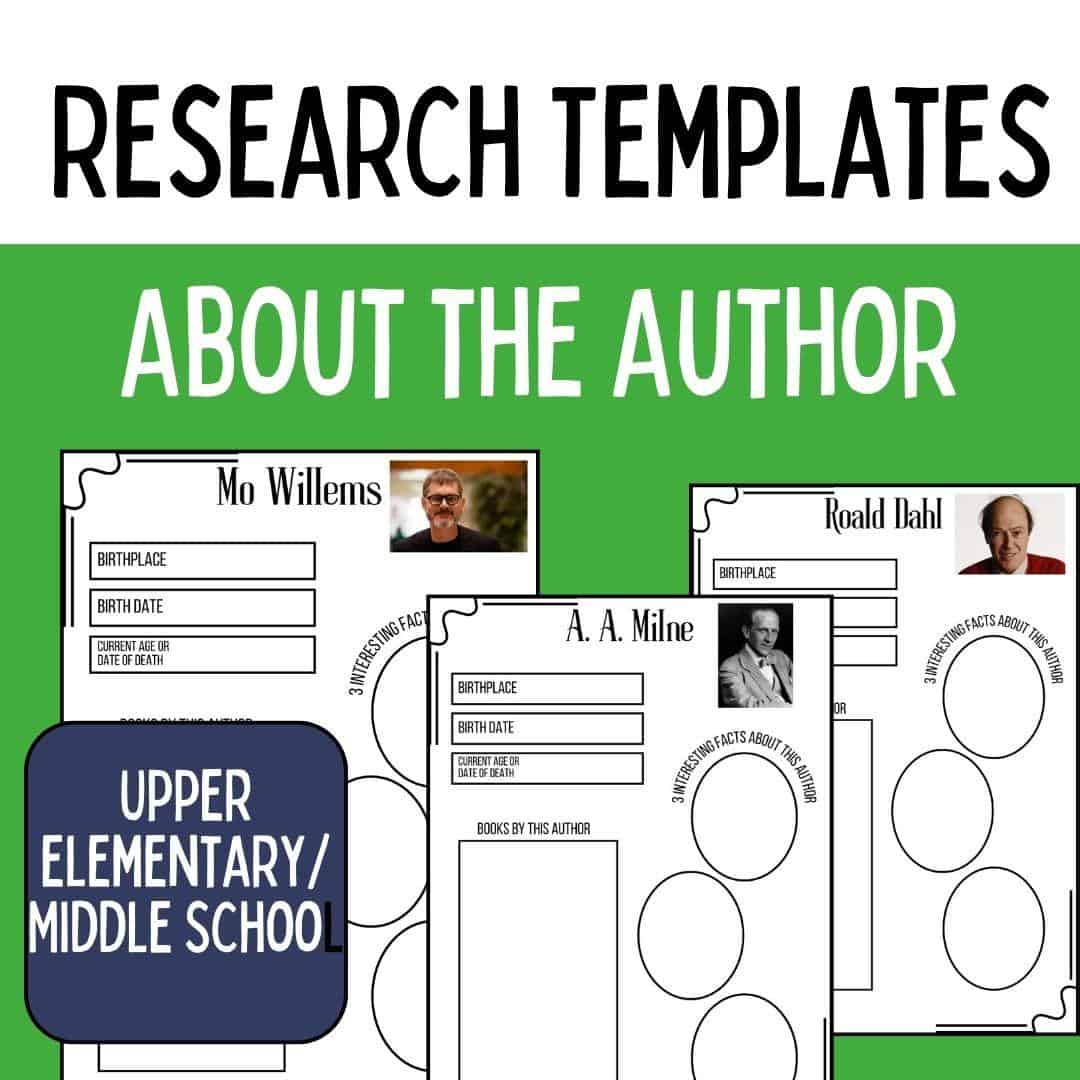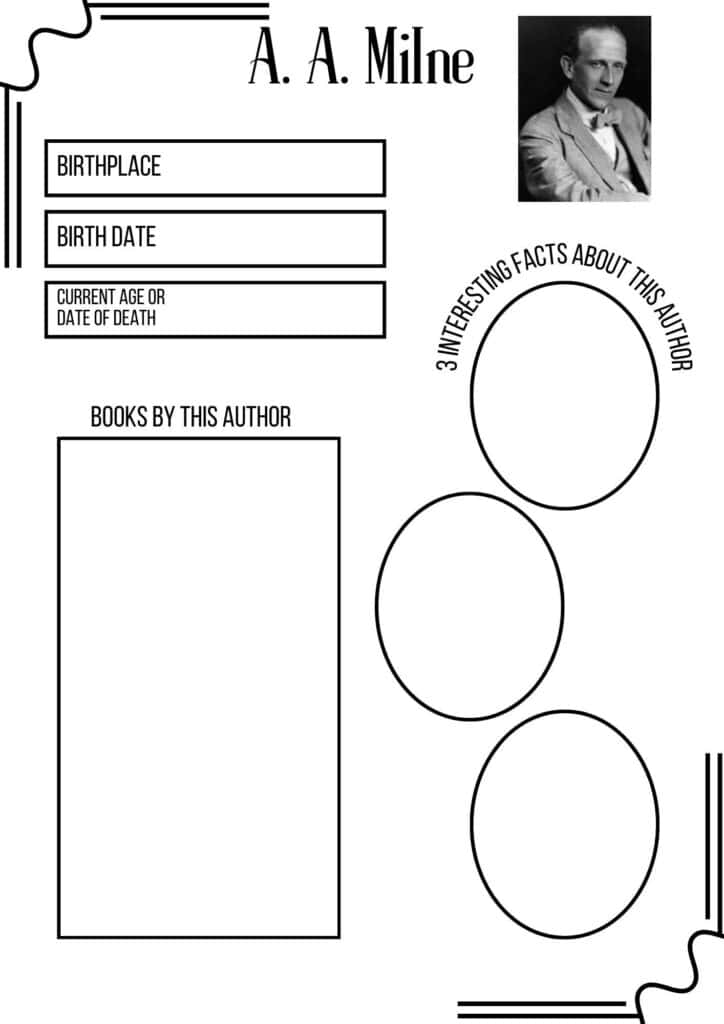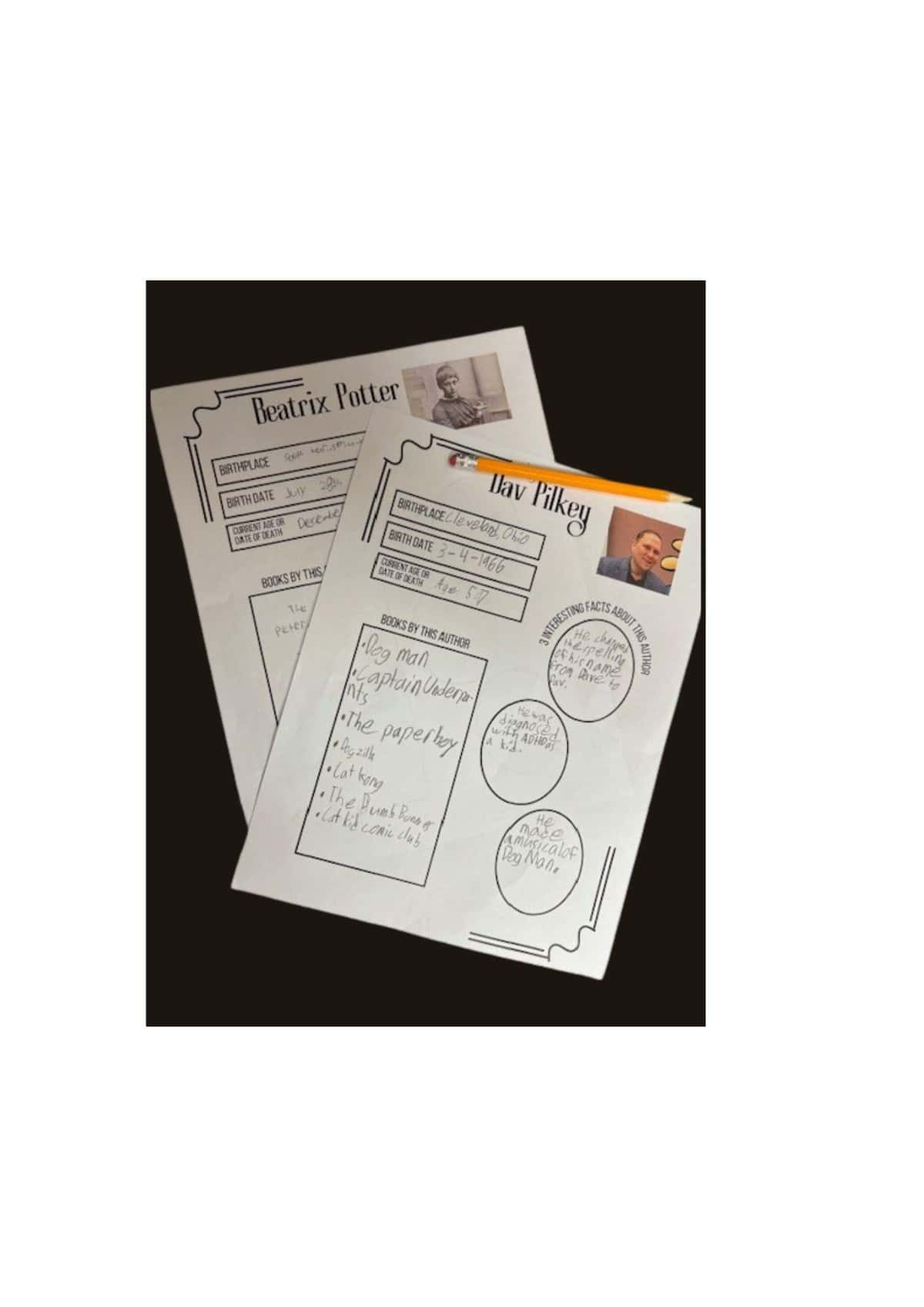In the dynamic world of education, finding innovative ways to engage students in research can be a challenging yet rewarding task. After over twenty years in education, this is my approach to making research not just educational but also exciting and enjoyable.
Fostering Enthusiasm through Relevant Topics
I recognize that research can sometimes have a negative connotation among students, often seen as dry and boring. To counteract this perception, I strategically create research projects that align with my students’ interests. By incorporating topics that resonate with them, I can keep the learning process engaging and relevant.

Templates: Guiding the Journey without Overwhelming
With the time constraints of my 30-minute class period, I have adopted a practical approach. I design templates that act as guides, streamlining the research process and preventing it from becoming overwhelming. These templates are crafted to be completed within 1-2 class periods, making every minute count.
Empowering Students with Basic Research Skills
The focus of this week’s project involved fourth graders researching children’s book authors. Using a straightforward template led students to explore basic information about their chosen author, list their works, and uncover interesting facts to share. This not only honed their research skills but also provided a springboard for mini-discussions about maintaining online safety and focus during internet research.

Showcasing Achievements: Inspiring Peer Learning
I enjoy displaying students’ completed work in the hallway, allowing others to enjoy and appreciate their efforts. This not only fosters a sense of achievement but also inspires peer-to-peer learning. The sharing of interesting facts discovered during research sessions becomes a highlight, creating an environment where students actively learn from each other.
Building a Foundation for Continuous Learning
Consistency is key in my research projects. By using similar templates for various research projects throughout the school year, students become familiar with the process and expectations. This continuity empowers them to dive right into their work, saving valuable time. Once students grasp the process, they often take on the role of teachers, assisting their peers in understanding and navigating the research journey. In fact, this week one student came in, having missed the beginning of the research assignment. I was able to ask another student to step in and get that student started on her work. With students having such a clear picture of the process and expectations, class moves more smoothly and students can be a great deal of help to each other.

Unleashing Discoveries and Fostering Engagement
One of my favorite aspects of teaching research is hearing students eagerly share newfound discoveries about what they are reading. From quirky facts about Dav Pilkey’s name change to Mo Willems’ role as a writer and animator for Sesame Street, students actively engage with the material. Learning becomes a vibrant, interactive experience, proving that research can be both educational and enjoyable – and doesn’t have to be a chore to teach.
Interested in other research topics? Check out my collection on TpT.